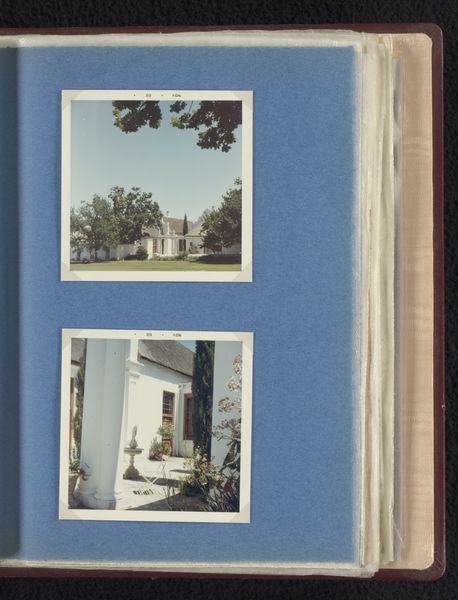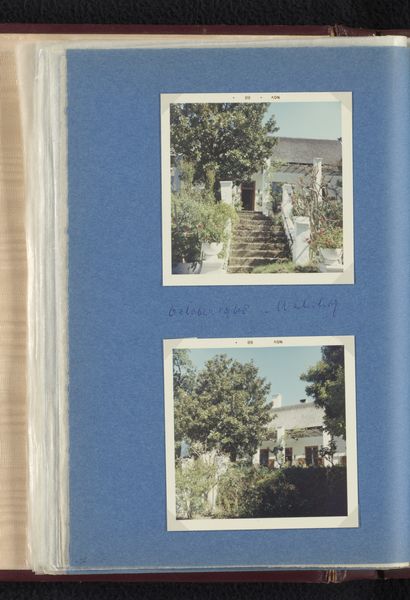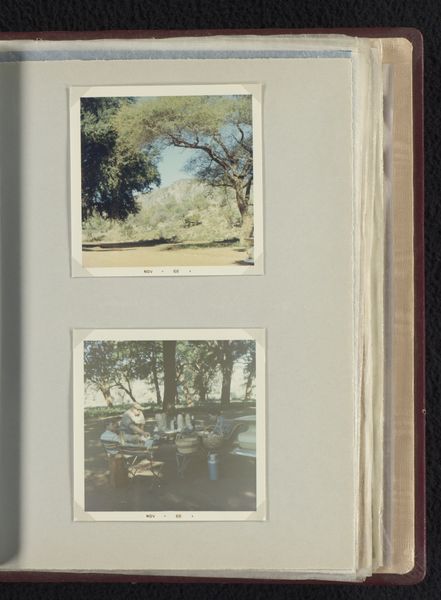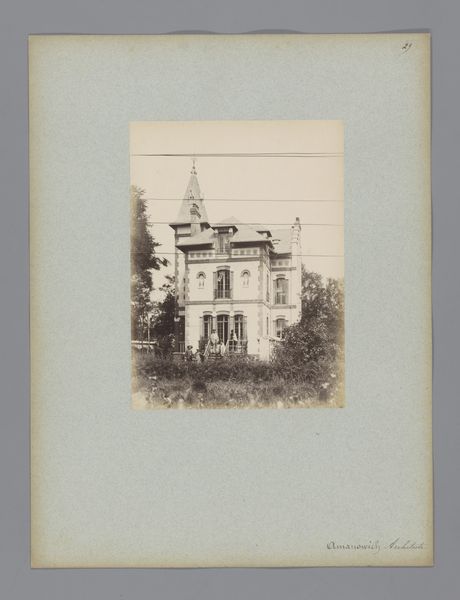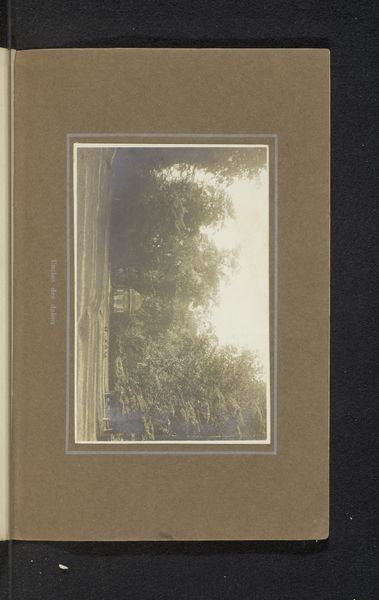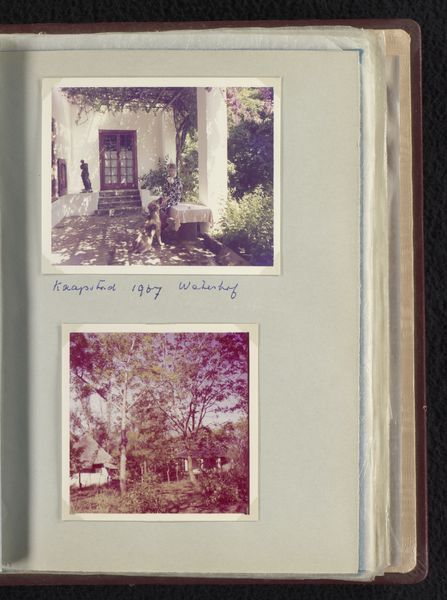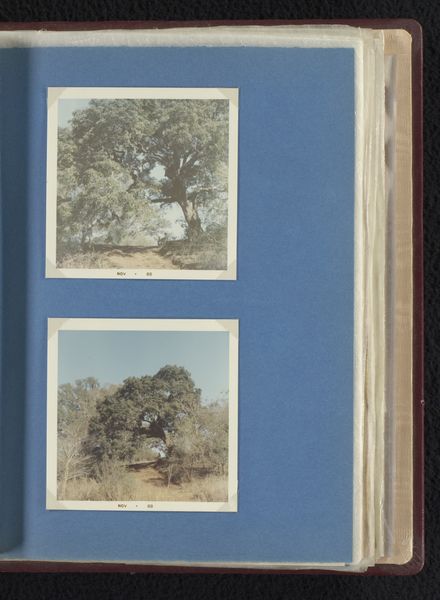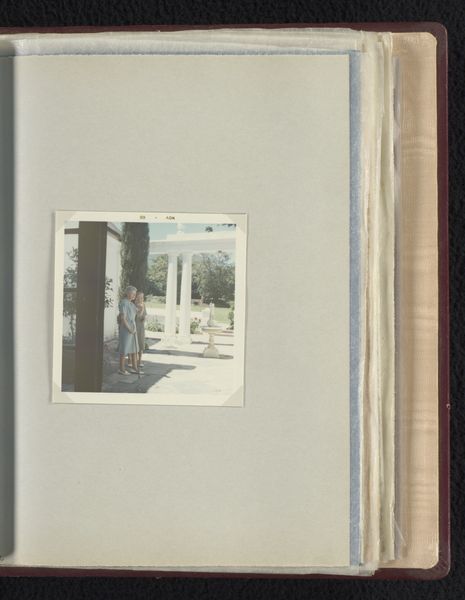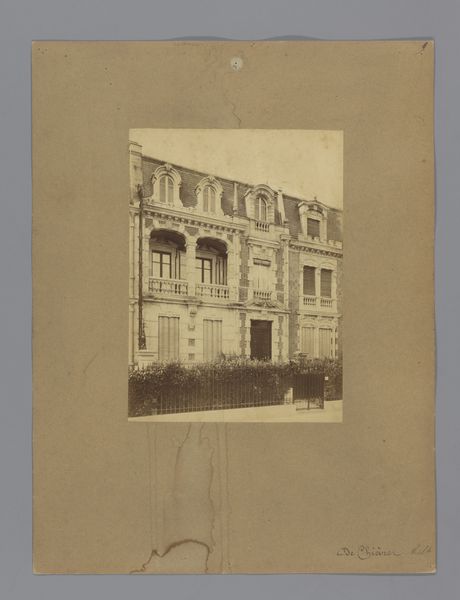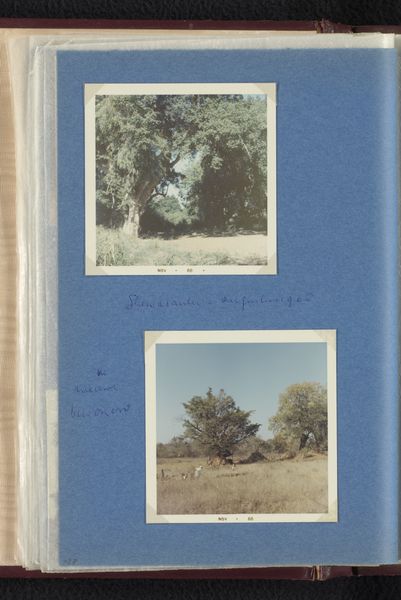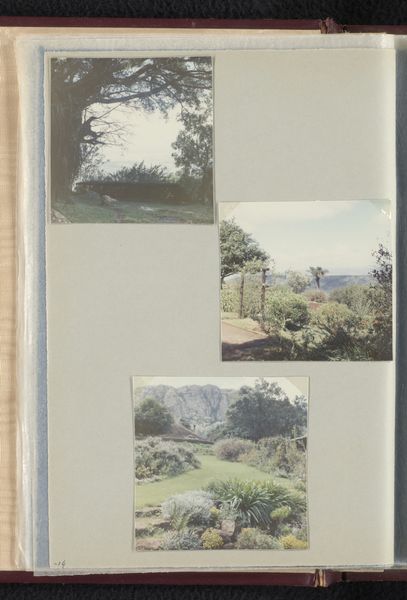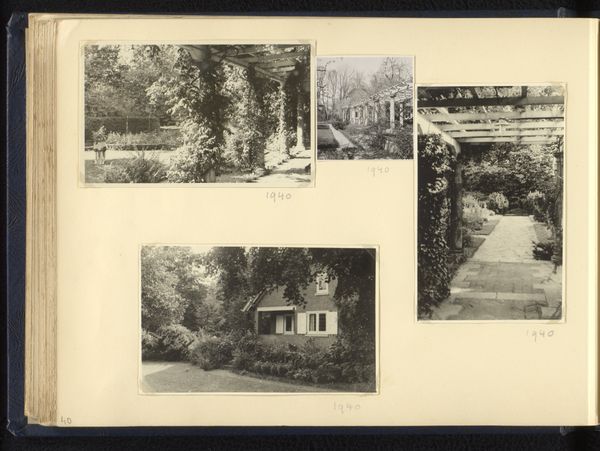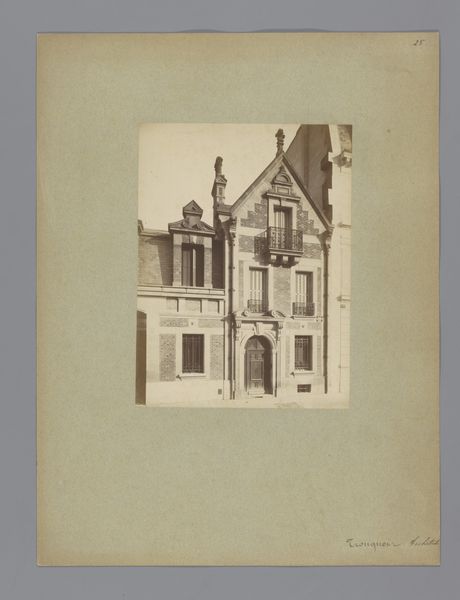
photography
#
contemporary
#
landscape
#
photography
#
coloured pencil
#
cityscape
Dimensions: height 240 mm, width 190 mm
Copyright: Rijks Museum: Open Domain
Curator: This is a photograph titled "Wijngaard Lanzerac in Stellenbosch, Zuid-Afrika" by Willem Jacob van den Berg, taken in 1968. Editor: It feels sun-drenched and serene. The sharp lines of the architecture against the lush greenery give it a feeling of established tranquility, a real sense of permanence. Curator: That sense of permanence might be deliberate. Van den Berg, during that time, was acutely aware of the changing social landscape in South Africa and likely captured these images to document, to preserve. Consider this imagery within the context of 1968. What visual cues indicate continuity versus disruption? Editor: I immediately see the white architecture – a symbol deeply embedded in colonial history, representing power structures and a particular aesthetic ideal. It contrasts sharply with the organic shapes and colors of the garden. Even that slender cypress tree stands as a classical symbol, adapted here to an African context. Curator: Precisely. The photograph subtly engages with the visual language of colonialism. The vineyard itself – what does it signify in terms of land ownership, labor, and economic structures in that specific period? Editor: Vineyards always carry the dual symbolism of cultivation and transformation – the raw grape turned into something refined. It makes me wonder about the hands that cultivated this land. Curator: Exactly. Van den Berg might be consciously employing recognizable visual motifs of wealth and power, yet he's capturing it at a point of immense political tension. Are there traces of what will soon be challenged in this still-life composition? Editor: The symmetry is very pronounced; it’s not disrupted at all, reinforcing order and control. The colour palette—bright, clean—suggests a facade of untroubled existence. However, you do get the faintest whisper of tension; the image, at least today, carries an unspoken weight due to its history. Curator: And perhaps that's the real power of such a seemingly simple photograph. It presents an exterior reality, even a propaganda-ready one, while, whether intentionally or not, whispering a counter narrative in the careful orchestration of these familiar colonial icons. Editor: Indeed. Seeing beyond the immediate image helps reveal the complex stories these visual artifacts tell about our history.
Comments
No comments
Be the first to comment and join the conversation on the ultimate creative platform.
